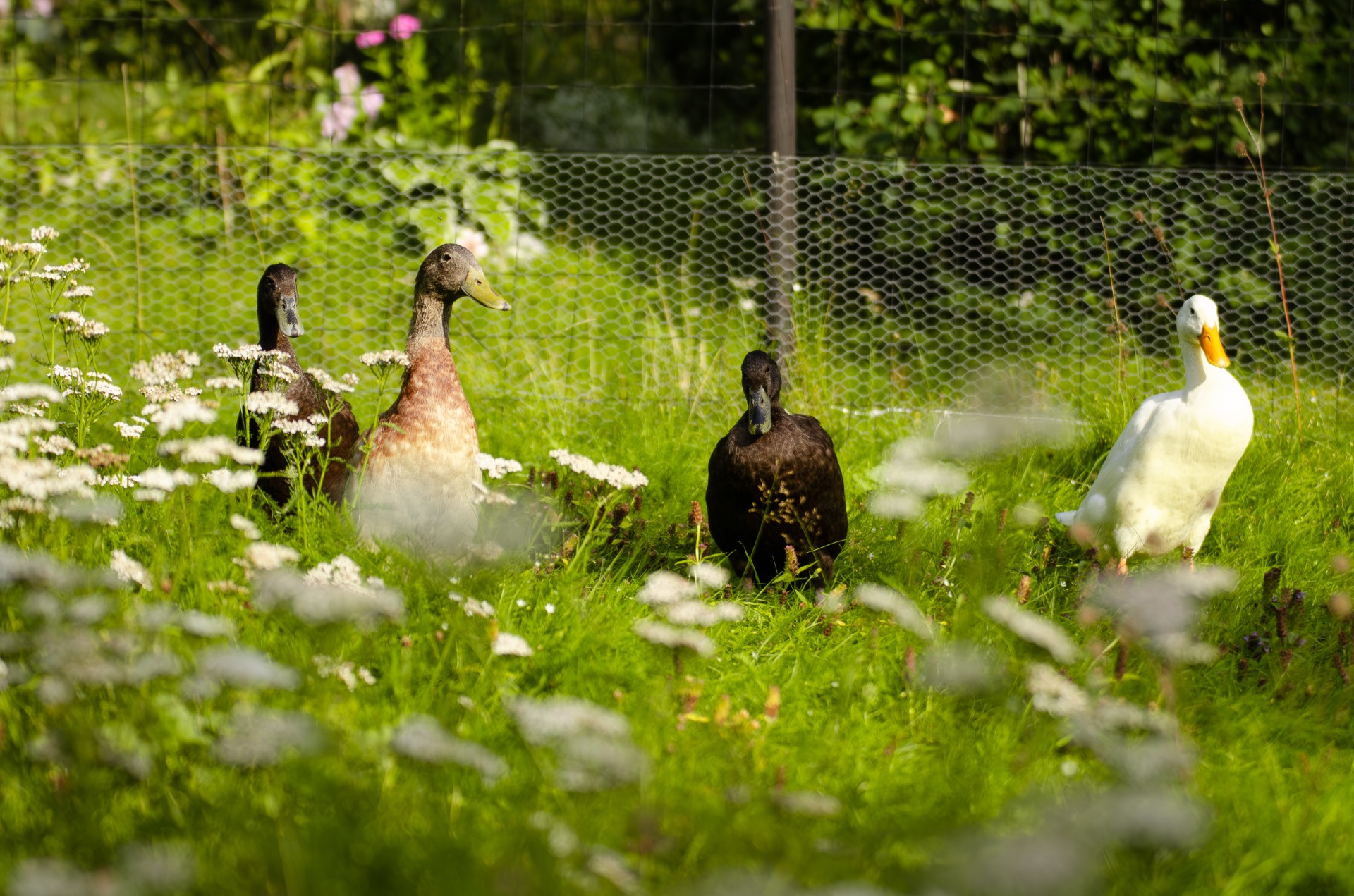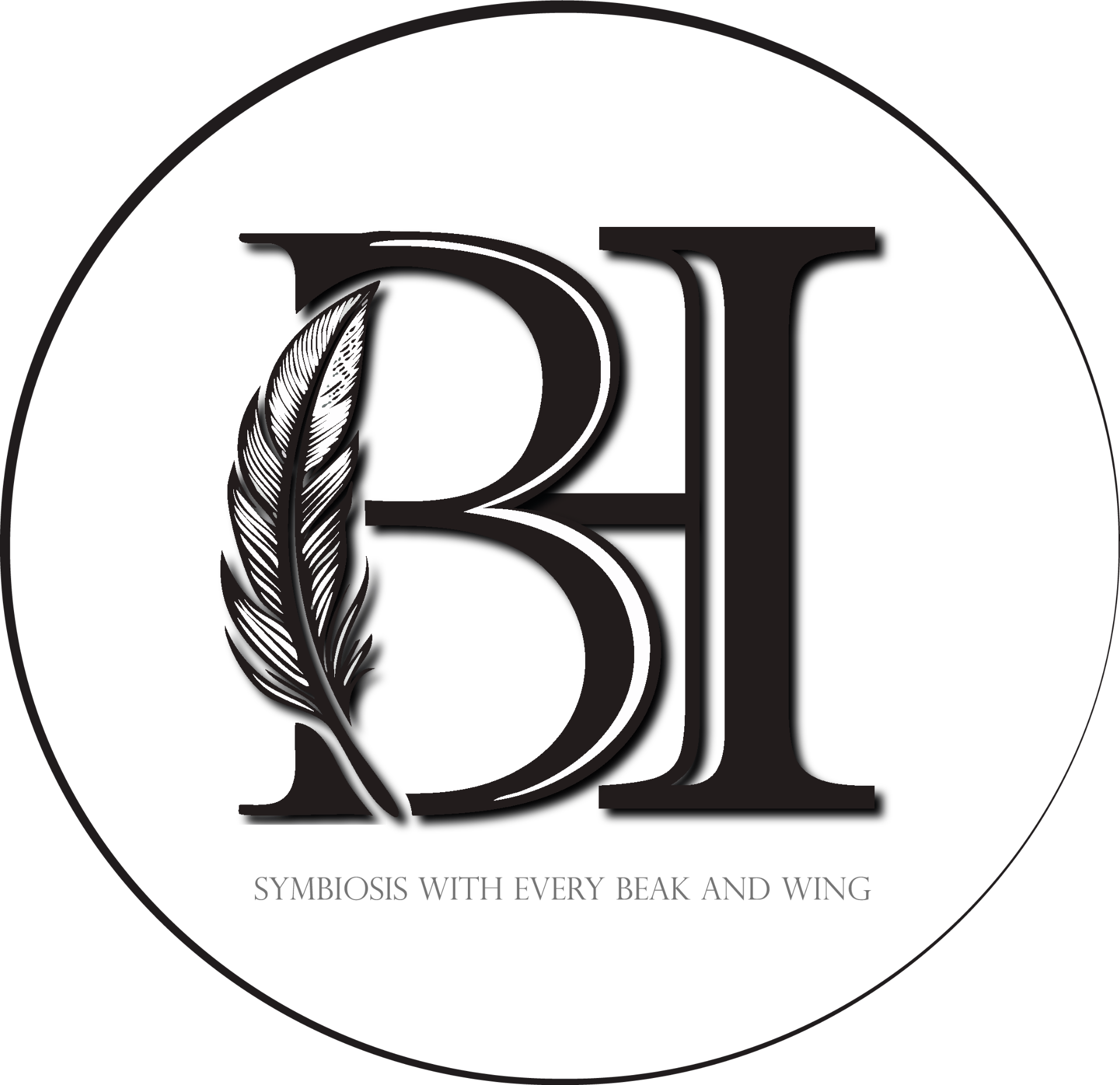This is my Flock

I fell in love with the American Silkie at first sight. I told myself, "I have to own this breed one day!" Six months later, I brought home two teenage black Silkies and three black Silkie chicks.
The American Silkie is much rarer than the European Silkie here in Sweden. They are larger in size, with a more pronounced S-shaped body and a fuller crest. However, this larger crest disqualifies them from being approved for shows in Sweden.
The hens weigh around 1.0–1.4 kg (the breeding standard states they should weigh about 900 g). The roosters weigh around 1.6–1.8 kg (with the standard being about 1.0 kg).

My love for poultry began with three little Indian Runner ducklings. These three ducklings grew up into three wonderful boys. That experience sparked another passion in me – teaching the world about bachelor groups.
The Indian Runner duck is truly unique, with its upright, almost penguin-like posture. As their name suggests, they are excellent runners and can move very quickly. They are often described as poor flyers (though I would disagree with that). It is also said that they are quieter than many other breeds.
The drakes usually weigh around 1.6–2.0 kg, while the females weigh about 1.4–2.0 kg.

I had always wanted geese to act as some sort of guard dogs for our property. I didn't set out to get this particular breed, but after a few hawk attacks on my ducks I became desperate to find some quickly. Geese aren't that easy to come by in Sweden, so when the same lady who had sold me my ducks was looking for homes for her nine White Italian geese, I jumped at the chance. While I couldn't take them all, I offered to take in two ganders.
The White Italian goose isn't very common outside of Scandinavia (and Italy, of course). They are considered one of the smaller goose breeds, with females weighing around 5–7 kg and ganders around 6–8 kg.
